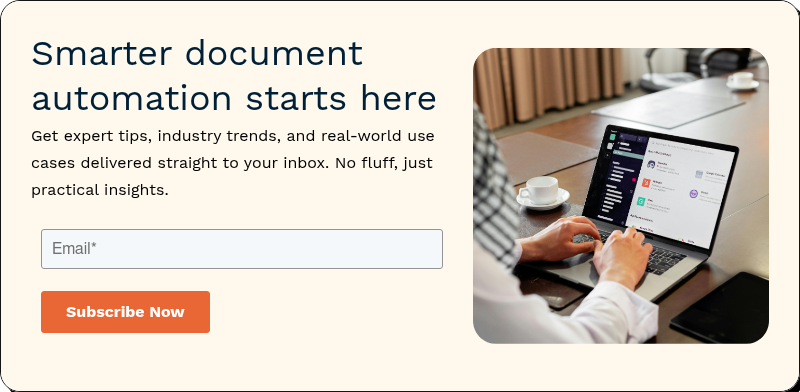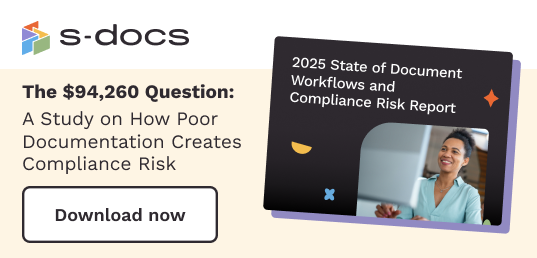Keeping up with patient needs in any healthcare setting can be daunting. If you’re struggling to manage complex healthcare processes while ensuring patient satisfaction, you’re not alone. Today, the best way to empower your patients is by providing them with the tools to help themselves.
Digital experience platforms meet your patients’ requirements, providing valuable insights that improve service delivery. This technology ensures every patient feels valued through seamless digital interactions.
What is a digital experience platform?
A healthcare Digital Experience Platform is an integrated suite of technologies designed to optimize patient engagement and care efficiency across various digital channels. It’s more than just a website or app—it’s about transforming experiences for both healthcare providers and patients.
A healthcare DXP combines self-service functionality, personalization, and real-time insights to create streamlined, engaging experiences that shape patient interactions and loyalty.
Benefits of modernizing the patient experience
Across industries, Salesforce’s Connected Customer Report shows that 61% of customers prefer self-service tools for resolving simple problems and tasks — this applies equally to healthcare. Investing in a customer experience platform gives your patients the control they want while boosting your healthcare organization’s efficiency and tailoring your services to patient expectations. Additional benefits include:
Better efficiency
By modernizing healthcare processes, you significantly improve turnaround times for patient forms, enhance the accuracy of medical records, streamline appointment scheduling, facilitate better patient-doctor communication, and ensure faster access to test results and treatment plans.
This has the potential to positively alter the entire patient experience. With a customer experience platform, providers spend less time on routine tasks and more time listening to patients, facilitating more frequent conversations, and driving improvements in patient care and outcomes.
Personalized interactions
Digital tools not only boost efficiency but also enhance personalization. Platforms like Salesforce Experience Cloud give your healthcare providers the individual patient data and history they need to tailor each interaction. This is not only important for improving patient outcomes, but it also attracts more patients to your facility — 75% of customers across all industries expect their experiences to be customized (Salesforce State of IT Report). Adding personalization to the patient experience puts your business in a good position to grow and rise above the competition.
Improved patient loyalty
Streamlining online patient interactions with a digital experience platform builds trust and reliability. It shows patients that you value their time and want to make their experience frustration-free. This leads to a deeper, more loyal patient base where your providers can foster long-term relationships built on trust and efficient care delivery.
How Salesforce Experience Cloud helps healthcare organizations
Leveraging Salesforce Experience Cloud, healthcare providers can enhance patient interactions using real-time data, making processes like scheduling appointments, accessing medical records, and giving feedback more personalized and efficient. This platform ensures your patients feel valued and understood at every step of their healthcare journey.
Salesforce Experience Cloud gathers insights from patient interactions, enabling your caregivers to tailor their services effectively. It’s not just about delivering information; it’s about creating meaningful dialogues built on a complete understanding of a patient’s past experiences, needs and interests, and past interactions with healthcare staff. By offering a seamless interface, you're not merely meeting expectations but exceeding them consistently.

Best practices for implementing healthcare platforms
As you implement a patient experience platform, it's crucial to prioritize data security and standardization to maintain patient trust. Best practices include:
Secure data
To implement a digital experience platform effectively, you must secure your data. Stringent data protection practices keep you in compliance with industry regulations and give your patients confidence that their sensitive data is protected. Key best practices include developing a standardized data model, implementing robust encryption, and executing regular security audits and updates.
Ease of use
Prioritizing ease of use and accessibility significantly improves patient engagement on your digital experience platform. Consider your diverse patient base and the activities they frequently engage in — scheduling appointments, accessing medical records, managing prescriptions, etc. Design your platform so everyone, regardless of their technical skill or physical ability, can navigate and use your site effortlessly.
Continuous optimization
Once you’ve implemented your platform, your work is not done. Regularly collect patient feedback through surveys and usability tests to understand how the platform should be adjusted to address their needs and pain points. Use performance metrics like page load times and bounce rates to make necessary adjustments.
Document automation
Almost every medical process requires you to generate documents to be signed by multiple parties, often requiring staff resources to manage. Automating these processes speeds up transactions, optimizes resources, and reduces errors — while making everything easier for your patients. Integrating secure document automation and e-signatures into your healthcare platform will make a big difference to your operations personnel and customers.
Consider the paperwork needed for new patient registration, accessing medical services, or treatment agreements. Now imagine these processes automated and secured, with legally binding signatures obtained digitally. It's transformative for both efficiency and patient satisfaction.
Integrating DXPs into healthcare strategy
To effectively integrate a digital experience platform into your healthcare strategy, start by aligning it with your overarching goals for patient care efficiency and satisfaction. Consider these key steps:
- Identify key integration points: Look at where a DXP can seamlessly fit into your existing systems without disrupting the current workflow. This might include areas like patient management, medical applications, or feedback collection.
- Focus on user experience: Guarantee the platform enhances the patient experience. It should be intuitive, responsive, and accessible, making interactions smooth and pleasant for everyone.
- Leverage analytics for continuous improvement: Use the DXP's analytics tools to gain insights into patient behavior and preferences. This data helps you tweak and improve your services, processes, and communications continually so the platform evolves with your patients' and providers’ needs.
Remember, successful implementation hinges on integrating these platforms smoothly with your existing systems and workflows. S-Docs empowers healthcare providers to create, e-sign, and distribute documents efficiently, working seamlessly with Experience Cloud sites. It's lightning-fast with no server delays, ensuring patient data remains secure within Salesforce. Request a demo today to see how S-Docs can help enhance your patient care experiences.



.png)
.png)
.png)
.png)